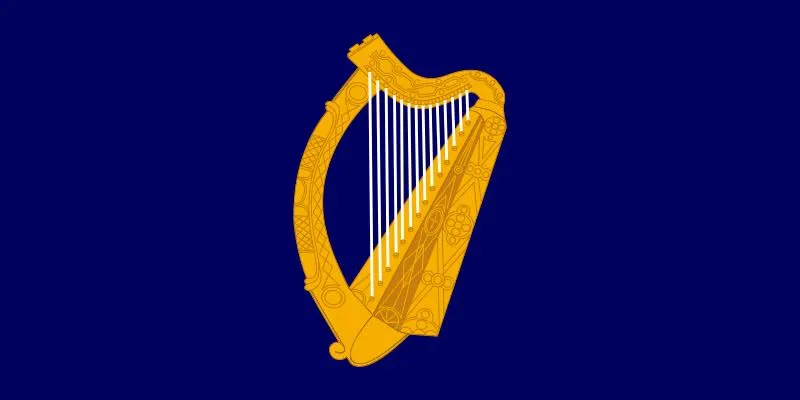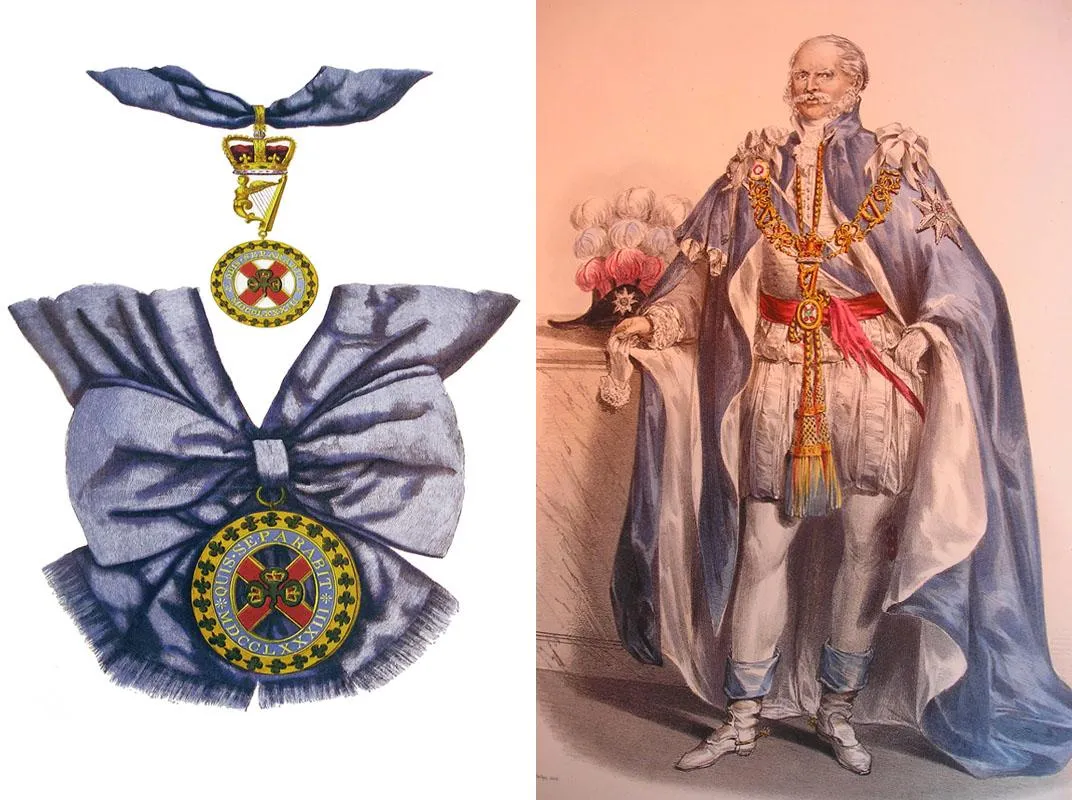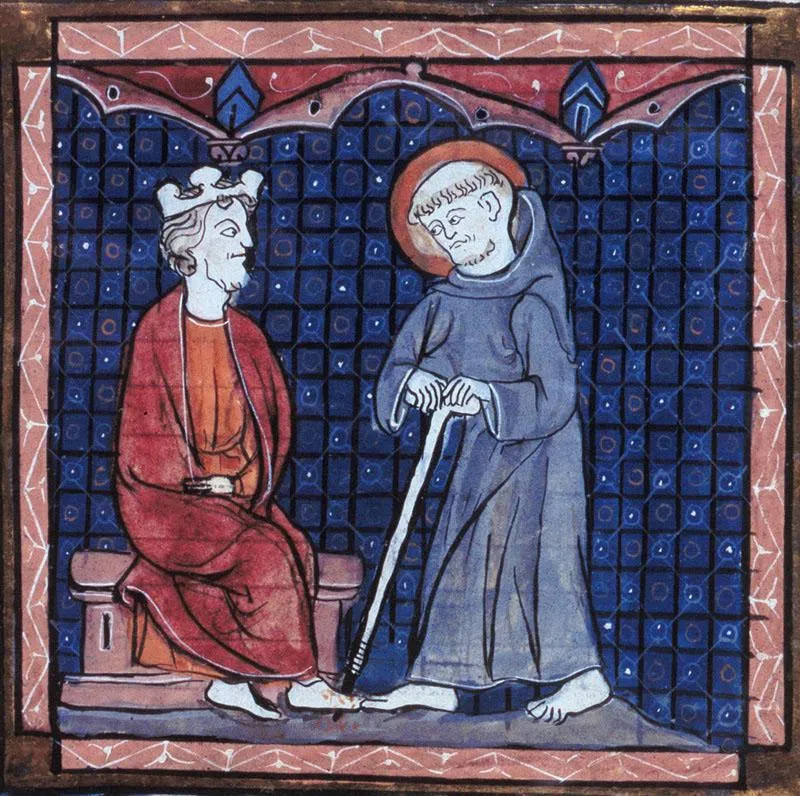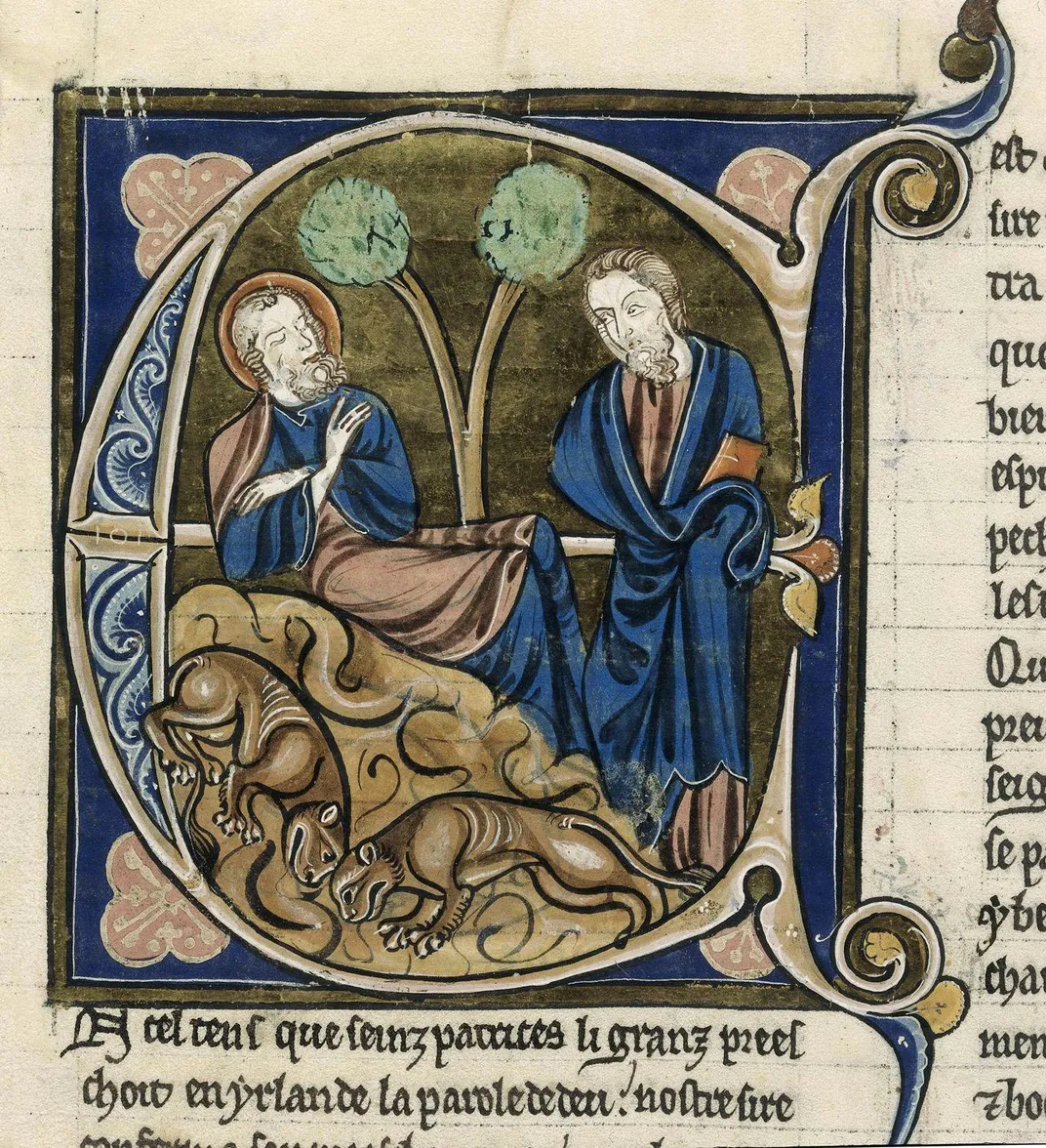Should We Be Wearing Blue on St. Patrick’s Day?
Before green came on the scene, blue was the color associated with the Saint and the Emerald Isle
/https://tf-cmsv2-smithsonianmag-media.s3.amazonaws.com/filer/a9/7d/a97d5041-ac7e-4916-a5ed-9bff44b7b1e3/main-image.jpg)
St. Patrick's Day is the holiday when even the most recalcitrant American feels tempted to don green clothing or sip on some green beer. But what if everyone wore blue on March 17 each year instead? After all, the earliest depictions of St. Patrick show him clothed in blue garments, not green, and that when George III created a new order of chivalry for the Kingdom of Ireland, the Order of St. Patrick, its official color was a sky blue, known as "St. Patrick's Blue."
The significance of blue dates back to early Irish mythology when the sovereignty of Ireland, Flaitheas Éireann, was often represented by a woman dressed in a blue robe. According to legend, the depiction was based on the 10th-century queen named Gormfhlaith, a portmanteau of the ancient Irish words for blue (gorm) and sovereign (flaith). But John T. Koch, in his Celtic Culture: A Historical Encyclopedia, argues that this legend has little basis in truth, writing that “Gormfhlaith should not be seen as a sort of living representative of the mythic literary sovereignty goddess, as previously suggested."
When Henry VIII assumed the throne, after more than 300 years of English rule over Ireland, he took steps to strengthen his hold on the isle, declaring himself King of Ireland in 1541, making it a part of the England and giving it its own coat of arms. This was the first official instance of connecting the color blue with Ireland, using a golden harp on a blue background; the same symbol can be seen today on the Constitution of Ireland and the Presidential flag.

But because of the Tudor King's interference, and its continuance on through the 18th century with George III's creation of the Order of St. Patrick, blue as a color associated with Ireland became tainted. From the late 18th to the 20th century, as the divide between the Irish population and the British crown deepened, the color green and St. Patrick's shamrock became a symbol of identity and rebellion for the Irish.
The Order quickly disintegrated after the establishment of the Irish Free State. Technically, the Order is still in existence today but without any remaining Knights. Its only two remaining members are the head, Queen Elizabeth II, and one officer, the Ulster King of Arms. The seats of the Order are now filled by members of Ireland's St. Patrick’s Cathedral Choir, still wearing robes of St. Patrick’s blue.
/https://tf-cmsv2-smithsonianmag-media.s3.amazonaws.com/accounts/headshot/shaylyn-headshot.jpg)



/https://tf-cmsv2-smithsonianmag-media.s3.amazonaws.com/accounts/headshot/shaylyn-headshot.jpg)